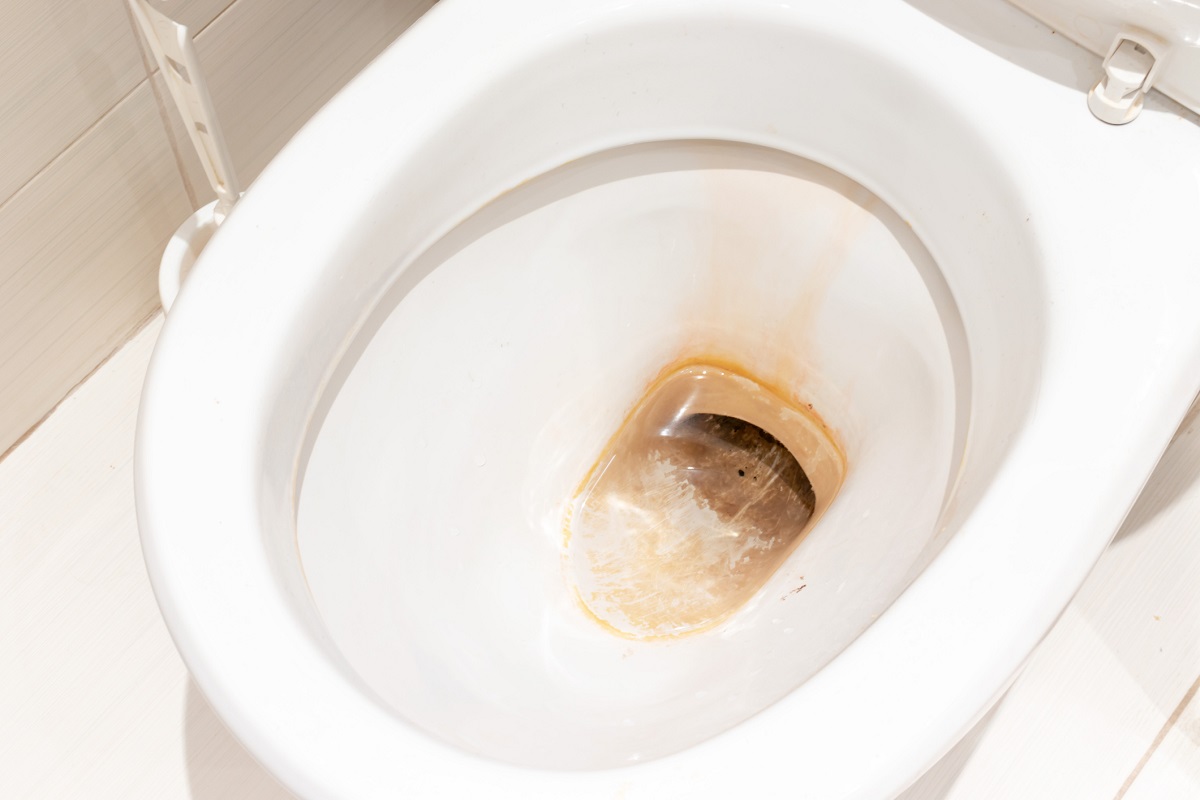

Articles
How To Get Toilet Bowl Stains Out
Modified: January 7, 2024
Learn effective methods and tips on how to remove stubborn toilet bowl stains with our informative articles. Find the best solutions and keep your toilet clean and fresh.
(Many of the links in this article redirect to a specific reviewed product. Your purchase of these products through affiliate links helps to generate commission for Storables.com, at no extra cost. Learn more)
Introduction
Toilet bowl stains can be a frustrating and unsightly problem in any bathroom. Whether they are caused by hard water, mineral deposits, or mold and mildew, these stains can make your toilet look dirty and uninviting. However, with the right knowledge and methods, you can easily get rid of toilet bowl stains and restore your toilet to its former glory.
In this article, we will discuss the different types of toilet bowl stains, precautions to take before removing them, and various DIY methods you can use to effectively tackle these stains. We will also explore the use of commercial toilet bowl cleaners and provide preventive measures to help you avoid future stains.
Understanding the nature of toilet bowl stains is crucial to selecting the appropriate cleaning method. Different types of stains require different approaches and cleaning agents to ensure successful removal. By identifying the specific type of stain, you can save time and effort by using the most effective remedy.
Before diving into the cleaning process, it’s important to take some precautions to protect yourself and your bathroom. Ensure proper ventilation by opening a window or turning on the bathroom fan to minimize exposure to any fumes from cleaning products. Additionally, wearing rubber gloves and using proper eye protection is advisable to protect your skin and eyes from any harsh chemicals you may come into contact with.
Now, let’s explore some popular DIY methods for removing toilet bowl stains:
Key Takeaways:
- Understanding the nature of toilet bowl stains is crucial for effective removal. Different stains require different cleaning methods, so identifying the specific type of stain is key to saving time and effort.
- Taking necessary precautions before tackling toilet bowl stains is essential. Ensure proper ventilation, wear protective gear, and avoid mixing chemicals to minimize risks and ensure safe and effective stain removal.
Read more: How To Get Ring Stain Out Of Toilet Bowl
Understanding Toilet Bowl Stains
To effectively remove toilet bowl stains, it’s important to understand what causes them in the first place. Here are some common types of toilet bowl stains:
- Hard Water Stains: Hard water contains a high concentration of minerals like calcium and magnesium. Over time, these minerals can build up in the toilet bowl, leaving behind stubborn stains. Hard water stains are often brown or yellowish in color.
- Mineral Deposits: Mineral deposits can also cause stains in the toilet bowl. These deposits are usually a result of water with high iron content or other minerals, and they can appear as reddish-brown or greenish stains.
- Mold and Mildew: If your bathroom has poor ventilation, mold and mildew can thrive in the moist environment. These growths can leave black or dark green stains in the toilet bowl.
- Rust Stains: Rust stains are typically caused by a metal object coming into contact with the toilet bowl. This can happen when a metal shaving or piece of jewelry falls into the toilet and reacts with the water, leaving behind orange-brown stains.
Identifying the type of stain is essential because different stains require different cleaning methods. Some stains may be easier to remove with natural ingredients, while others may require the use of stronger chemicals. Now that you have a better understanding of the common types of toilet bowl stains, let’s move on to the precautions you should take before tackling these stains.
Common Types of Toilet Bowl Stains
To effectively remove toilet bowl stains, it’s important to understand the different types of stains that can occur. Here are some of the most common types:
- Hard Water Stains: Hard water contains minerals like calcium and magnesium. When hard water evaporates, it leaves behind mineral deposits that can accumulate on the toilet bowl. These deposits appear as off-white or yellowish stains.
- Mineral Deposits: Similar to hard water stains, mineral deposits occur when certain minerals in the water, such as iron or copper, react with the toilet bowl surface. These deposits often cause reddish-brown or greenish stains.
- Mold and Mildew: Bathrooms with high humidity levels and poor ventilation are prone to mold and mildew growth. These fungi can leave black or dark green stains on the toilet bowl, especially in hard-to-reach areas like under the rim or in crevices.
- Rust Stains: Metal objects or fixtures inside the toilet tank can rust over time, leaving behind rust stains in the bowl. These stains typically have a reddish-brown color and can be particularly stubborn to remove.
- Mineral Ring Stains: A mineral ring, also known as a toilet bowl ring, is a common type of stain that forms around the waterline. It is caused by mineral deposits, bacteria, and other substances present in the water. Mineral ring stains can be yellow, brown, or even black in color.
- Hard Water Scale: If hard water is a persistent issue in your area, you may notice a build-up of hard water scale or limescale in your toilet bowl. This scale appears as a thick, crusty layer that can be difficult to remove.
Each type of stain requires a slightly different approach for effective removal. Choosing the right cleaning solution and method based on the type of stain will yield the best results. In the next section, we will discuss the precautions you should take before attempting to remove toilet bowl stains.
Precautions before Removing Stains
Before diving into the task of removing toilet bowl stains, it’s important to take certain precautions to ensure your safety and protect the integrity of your toilet. Here are a few key steps to consider:
- Ventilation: Ensure proper ventilation in the bathroom by opening a window or turning on the exhaust fan. This will help dissipate any fumes or odors that may result from the cleaning process. Adequate ventilation is particularly important if you are using commercial cleaners or products with strong chemicals.
- Protective Gear: To protect your hands and skin from potential irritation, it’s advisable to wear rubber gloves. Gloves will shield your skin from any chemicals or bacteria present in the toilet bowl.
- Eye Protection: Splashes or accidental contact with cleaning agents can pose a risk to your eyes. Wear protective eyewear, such as goggles or safety glasses, to prevent any harm to your eyes during the cleaning process.
- Read Labels: Whether you are using a DIY cleaning solution or a commercial toilet bowl cleaner, always read and follow the instructions and safety precautions provided on the product label. Some cleaners may have specific usage guidelines or require dilution before use.
- Avoid Mixing Chemicals: While it may seem like combining different cleaning products will create a more potent solution, this can actually be dangerous. Certain combinations of chemicals can produce toxic fumes or even explode. Stick to one cleaning product at a time.
- Test in a Small Area: Before applying any cleaning solution to the entire toilet bowl, it’s a good idea to test it on a small, inconspicuous area. This will help ensure that the cleaner does not damage the surface or cause any unwanted reactions.
By following these precautions, you can minimize any potential risks and tackle toilet bowl stains safely and effectively. Now that we’ve covered the essential precautions, let’s move on to the DIY methods you can use to remove toilet bowl stains.
DIY Methods to Remove Toilet Bowl Stains
When it comes to removing toilet bowl stains, there are several effective do-it-yourself (DIY) methods you can try. These methods use common household ingredients and are safe for you and your toilet. Here are five popular DIY methods:
Method 1: Vinegar and Baking Soda
This is a powerful combination that can effectively tackle stains and odors in the toilet bowl. Start by pouring one cup of vinegar into the bowl and letting it sit for a few minutes. Then, add one cup of baking soda and let the mixture fizz for a while. Use a toilet brush to scrub the bowl thoroughly, paying extra attention to stained areas. Finally, flush the toilet to rinse away the mixture.
Method 2: Lemon Juice and Borax
Lemon juice is known for its natural cleaning properties and can help remove stains and freshen up your toilet. Squeeze the juice of several lemons directly into the bowl. Then, sprinkle a generous amount of borax powder over the stains. Use a toilet brush to scrub the mixture and let it sit for about 15 minutes. Flush the toilet to rinse away the solution and reveal a cleaner bowl.
Method 3: Hydrogen Peroxide and Cream of Tartar
Hydrogen peroxide is a powerful stain remover, and cream of tartar acts as a gentle abrasive. Mix equal parts hydrogen peroxide and cream of tartar to create a paste. Apply the paste to the stains using a toilet brush or sponge and let it sit for about 30 minutes. Scrub the bowl thoroughly and then flush to rinse away the paste and stains.
Method 4: Coca-Cola
Believe it or not, Coca-Cola can be an effective toilet bowl cleaner. Pour a can of Coca-Cola directly into the bowl and let it sit for an hour or overnight. The carbonation and acid in the soda can help break down stains. Use a toilet brush to scrub the bowl and flush to rinse away the Coca-Cola.
Method 5: Commercial Toilet Bowl Cleaners
If you prefer a ready-made solution, there are many commercial toilet bowl cleaners available on the market. Look for cleaners specifically formulated for removing tough stains. Follow the instructions on the product label and use as directed. Remember to wear protective gloves and eye gear when using commercial cleaners.
These DIY methods offer effective ways to remove different types of stains from your toilet bowl. Remember to choose the method that suits your needs and preferences. In the next section, we will discuss preventive measures to avoid toilet bowl stains in the future.
Method 1: Using Vinegar and Baking Soda
One of the most popular and effective DIY methods for removing toilet bowl stains is using a combination of vinegar and baking soda. Both vinegar and baking soda are natural cleaning agents that can help break down stains and eliminate odors. Here’s how you can use them to clean your toilet bowl:
- Start by pouring one cup of vinegar into the toilet bowl. Make sure to cover the stains with the vinegar.
- Let the vinegar sit in the bowl for about 5-10 minutes. This will allow it to penetrate the stains and start loosening them.
- Next, add about one cup of baking soda to the toilet bowl. The vinegar and baking soda will start to react, creating a fizzing effect. This reaction helps to further loosen and dissolve the stains.
- Take a toilet brush and use it to scrub the bowl, focusing on the areas with stains. The mixture of vinegar and baking soda will act as a gentle abrasive, helping to remove the stains.
- After scrubbing, let the mixture sit in the bowl for another 10-15 minutes. This additional time allows the vinegar and baking soda to continue working on the stains.
- Finally, flush the toilet to rinse away the mixture and reveal a cleaner bowl.
Using vinegar and baking soda is a safe and natural method for removing toilet bowl stains. It is particularly effective for tackling hard water stains and mineral deposits. However, keep in mind that this method may require some effort and multiple applications for stubborn stains.
Remember to wear gloves while cleaning to protect your hands from bacteria and chemicals. Additionally, ensure proper ventilation in the bathroom to minimize any fumes from the vinegar. If you have any concerns about using this method or if you are unsure if it is suitable for your toilet bowl, it’s always a good idea to test it in a small, inconspicuous area first.
Now that you know how to use vinegar and baking soda to remove toilet bowl stains, you can move on to the next method or select the method that best suits your needs. Remember to choose the most appropriate method based on the type of stain you are dealing with. In the next section, we will explore another DIY method for removing toilet bowl stains.
Use a pumice stone to gently scrub away stubborn toilet bowl stains. Wet the stone and the stained area, then rub the stone over the stains until they disappear. Always test a small area first to ensure it won’t scratch the porcelain.
Method 2: Using Lemon Juice and Borax
Another effective DIY method for removing toilet bowl stains involves the use of lemon juice and borax. Lemon juice is a natural acid that can help break down stains, while borax acts as a gentle abrasive to scrub away the grime. Here’s how you can use this method to clean your toilet bowl:
- Squeeze the juice of several lemons into a bowl. You’ll need enough lemon juice to cover the stained areas in the toilet bowl.
- Pour the lemon juice directly into the toilet bowl, ensuring that the stains are well-covered.
- Sprinkle a generous amount of borax powder over the stains. You can use a spoon or your fingers to evenly distribute the borax.
- Allow the lemon juice and borax mixture to sit in the toilet bowl for about 15 minutes. This will give the acids in the lemon juice and the abrasiveness of the borax time to work on the stains.
- Take a toilet brush and scrub the bowl, focusing on the areas with stains. The combination of lemon juice and borax will help break down the stains and remove dirt and grime.
- After scrubbing, let the mixture sit in the bowl for another 5-10 minutes to further loosen and dissolve the stains.
- Finally, flush the toilet to rinse away the mixture, leaving behind a sparkling, stain-free bowl.
This method using lemon juice and borax is particularly effective for removing hard water stains and mineral deposits. The natural acidity of the lemon juice helps break down the mineral deposits, while the borax acts as a gentle scrubbing agent to remove the stains. Plus, the fresh scent of lemon will leave your bathroom smelling clean and fresh.
As with any cleaning method, it’s important to wear gloves to protect your hands from bacteria and chemicals. If you have any concerns about using this method or if you are unsure if it’s suitable for your toilet bowl, it’s always a good idea to test it in a small, inconspicuous area first.
Now that you know how to use lemon juice and borax to remove toilet bowl stains, you can move on to the next method or select the method that best suits your needs. Remember to choose the most appropriate method based on the type of stain you are dealing with. In the next section, we will explore another DIY method for removing toilet bowl stains.
Method 3: Using Hydrogen Peroxide and Cream of Tartar
If you’re dealing with stubborn toilet bowl stains, using a combination of hydrogen peroxide and cream of tartar can be an effective DIY method. Hydrogen peroxide has strong stain-removing properties, while cream of tartar acts as a gentle abrasive. Here’s how you can use this method to clean your toilet bowl:
- In a small bowl, mix equal parts hydrogen peroxide and cream of tartar to create a paste. You can start with 1/4 cup of each.
- Apply the paste to the stained areas of the toilet bowl. Use a toilet brush or sponge to spread the paste evenly and ensure it covers the stains.
- Let the paste sit on the stains for about 30 minutes. This will allow the hydrogen peroxide and cream of tartar to penetrate and break down the stains.
- With a toilet brush, scrub the bowl thoroughly, paying extra attention to the areas with stains. The paste, combined with the gentle abrasiveness of cream of tartar, will help lift away the stains.
- After scrubbing, let the paste sit in the bowl for an additional 5-10 minutes to further dissolve any remaining residue.
- Finally, flush the toilet to rinse away the paste and reveal a clean, stain-free toilet bowl.
This method using hydrogen peroxide and cream of tartar is particularly effective for removing tough stains, such as hard water deposits or stubborn mineral build-up. The hydrogen peroxide acts as a powerful stain remover, while the cream of tartar helps scrub away the grime.
As always, it’s important to wear gloves while cleaning to protect your hands from bacteria and chemicals. Additionally, ensure proper ventilation in the bathroom to minimize any fumes from the hydrogen peroxide. If you have any concerns about using this method or if you are unsure if it’s suitable for your toilet bowl, it’s always a good idea to test it in a small, inconspicuous area first.
Now that you know how to use hydrogen peroxide and cream of tartar to remove toilet bowl stains, you can move on to the next method or select the method that best suits your needs. Remember to choose the most appropriate method based on the type of stain you are dealing with. In the next section, we will explore another DIY method for removing toilet bowl stains.
Method 4: Using Coca-Cola
Believe it or not, Coca-Cola can be a surprisingly effective DIY method for removing toilet bowl stains. The carbonation and acidity of Coke can help break down stains and leave your toilet bowl sparkling clean. Here’s how you can use this method:
- Start by pouring a can of Coca-Cola directly into the toilet bowl. Make sure to evenly distribute it around the bowl, targeting the stained areas.
- Allow the Coca-Cola to sit in the bowl for at least an hour, or even overnight for tougher stains. The carbonation and acid in the Coke will work to break down and loosen the stains.
- After the designated time, use a toilet brush to scrub the bowl, focusing on the areas with stains. The combination of Coca-Cola’s carbonation and your scrubbing action will help remove the stains.
- Once you’ve thoroughly scrubbed the bowl, flush the toilet to rinse away the Coca-Cola and reveal a cleaner toilet bowl.
This method may sound unconventional, but many people have found success in using Coca-Cola to remove stains from their toilet bowls. It’s important to note that this method is most effective for removing stains caused by hard water or mineral deposits.
As always, wear gloves to protect your hands from bacteria and chemicals. Additionally, consider proper ventilation in the bathroom to minimize any fumes from the Coca-Cola. It’s also worth mentioning that this method may not be suitable for toilets with sensitive surfaces or certain types of stains.
Now that you know how to use Coca-Cola to remove toilet bowl stains, you can move on to the next method or select the method that best suits your needs. Remember to choose the most appropriate method based on the type of stain you are dealing with. In the next section, we will explore another DIY method for removing toilet bowl stains.
Read more: How To Get Yellow Stains Out Of Toilet
Method 5: Using Commercial Toilet Bowl Cleaners
If you prefer a ready-made solution for tackling toilet bowl stains, commercial toilet bowl cleaners can be a convenient and effective option. These cleaners are specifically formulated to remove tough stains, kill bacteria, and deodorize your toilet bowl. Here’s how you can use a commercial toilet bowl cleaner:
- Choose a commercial toilet bowl cleaner that is suitable for your needs. Look for products that specifically mention stain removal and are safe for your toilet bowl surface.
- Read and follow the instructions provided on the product label carefully. The instructions may include information on dilution ratios, application methods, and safety precautions.
- Wear protective gloves and eye gear when handling commercial cleaners to protect your skin and eyes from any potential chemicals.
- Pour the recommended amount of cleaner from the bottle directly into the toilet bowl. Most cleaners will require you to coat the entire bowl, focusing on the stained areas.
- Use a toilet brush to scrub the bowl, paying extra attention to the stained areas. Follow the recommended scrubbing technique suggested by the product instructions.
- Let the cleaner sit in the bowl for the recommended period of time. This allows the cleaner to penetrate the stains and effectively break them down.
- Once the designated time has passed, flush the toilet to rinse away the cleaner and reveal a clean and fresh-smelling toilet bowl.
Commercial toilet bowl cleaners are formulated to be tough on stains, providing a powerful cleaning solution. They often contain chemicals that help dissolve and remove even the most stubborn stains. However, it’s important to follow the instructions provided by the manufacturer and take necessary safety precautions.
Keep in mind that some commercial cleaners may have strong odors or contain bleach, so it’s important to use them in a well-ventilated area. Make sure to store them in a safe place, away from children and pets.
Now that you know how to use commercial toilet bowl cleaners, you can choose this method if you prefer a convenient and ready-to-use solution. Remember to choose a product that suits your needs and always follow the instructions provided. In the next section, we will discuss preventive measures to help you avoid toilet bowl stains in the future.
Preventive Measures to Avoid Toilet Bowl Stains
While it’s important to know how to remove toilet bowl stains, it’s equally important to take preventive measures to minimize their occurrence in the first place. Here are some preventive measures you can adopt to keep your toilet bowl stain-free:
- Regular Cleaning: Develop a regular cleaning routine for your toilet bowl. Regular cleaning helps prevent stains from building up and makes it easier to maintain a clean and hygienic bowl. Aim to clean the toilet bowl at least once a week.
- Use a Toilet Bowl Cleaner: Consider using a toilet bowl cleaner regularly to prevent stains and keep your toilet bowl fresh. Look for cleaners that contain ingredients specifically designed to prevent the build-up of deposits and stains. Follow the instructions on the product label for the best results.
- Flush Properly: Make sure to flush the toilet properly after each use. A weak flush may not effectively remove all waste and stains from the bowl, leading to build-up over time. Use the appropriate water pressure to ensure a thorough flush.
- Avoid Harsh Chemicals: When cleaning your toilet bowl, avoid using harsh chemicals or abrasive cleaning agents that can damage the surface. Opt for milder, eco-friendly cleaners that are safe for your toilet bowl and the environment.
- Monitor Water Quality: If you have hard water, consider using a water softener to reduce mineral deposits in the toilet bowl. You can also use filtered water for cleaning to minimize the impact of hard water stains.
- Regular Maintenance: Keep an eye on the internal components of your toilet, such as the flapper, fill valve, and flush valve. Regular maintenance and prompt repair of any issues can prevent leaks and reduce the chances of stains caused by rust or mineral deposits.
- Proper Ventilation: Ensure proper ventilation in your bathroom to reduce moisture and humidity levels. Excess moisture can promote the growth of mold and mildew, leading to stains in the toilet bowl. Use exhaust fans or open windows to improve airflow and prevent condensation.
By implementing these preventive measures, you can significantly reduce the occurrence of toilet bowl stains and maintain a clean and fresh toilet bowl. Consistent cleaning, proper flushing, and using appropriate cleaning products are key to preventing stains.
Remember to be mindful of water quality, ventilation, and regular maintenance to ensure a stain-free toilet bowl. These preventive measures will not only keep your toilet bowl looking pristine but also contribute to a cleaner and healthier bathroom environment.
With these preventive measures, regular cleaning, and the knowledge of effective stain removal methods, you can have a stain-free and sparkling toilet bowl for years to come.
Conclusion
Toilet bowl stains can be both frustrating and unappealing, but with the right knowledge and methods, they can be effectively removed. Understanding the different types of stains and taking necessary precautions before tackling them is essential for optimal results and personal safety.
In this article, we explored various DIY methods for removing toilet bowl stains, such as using vinegar and baking soda, lemon juice and borax, hydrogen peroxide and cream of tartar, Coca-Cola, and commercial toilet bowl cleaners. Each method offers its own unique approach, and choosing the most appropriate method depends on the type of stain you’re dealing with and your personal preference.
It’s important to note that preventive measures play a vital role in avoiding toilet bowl stains. Consistent cleaning, using appropriate cleaning products, proper flushing, monitoring water quality, practicing regular maintenance, and ensuring proper ventilation in the bathroom all contribute to a stain-free toilet bowl in the long run.
By implementing these preventive measures and incorporating regular cleaning practices, you can maintain a clean and fresh toilet bowl, free from unsightly stains. Remember to choose cleaning products and methods that are safe for both you and your toilet bowl surface, and always follow the instructions provided by the manufacturer.
With the knowledge and understanding gained from this article, you are now equipped to effectively remove toilet bowl stains and keep your bathroom sparkling clean. Say goodbye to stains and hello to a refreshing and inviting toilet bowl!
Frequently Asked Questions about How To Get Toilet Bowl Stains Out
Was this page helpful?
At Storables.com, we guarantee accurate and reliable information. Our content, validated by Expert Board Contributors, is crafted following stringent Editorial Policies. We're committed to providing you with well-researched, expert-backed insights for all your informational needs.
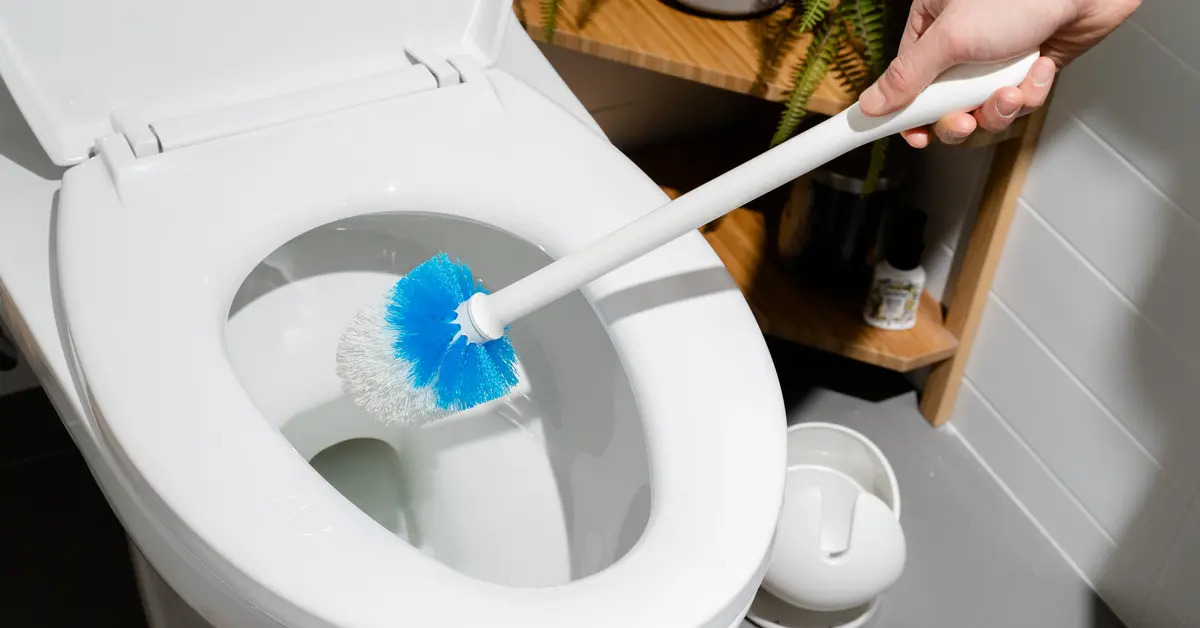
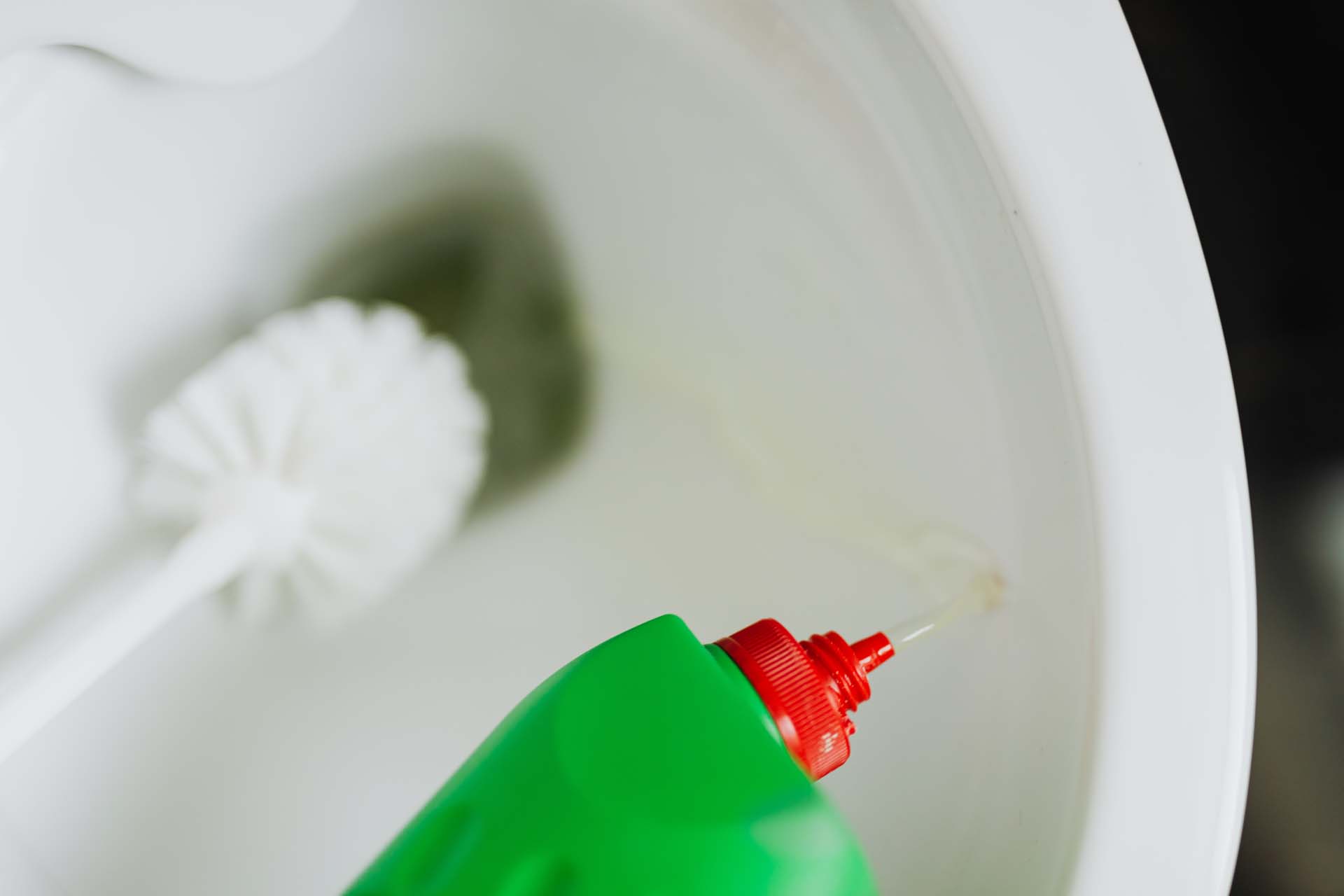
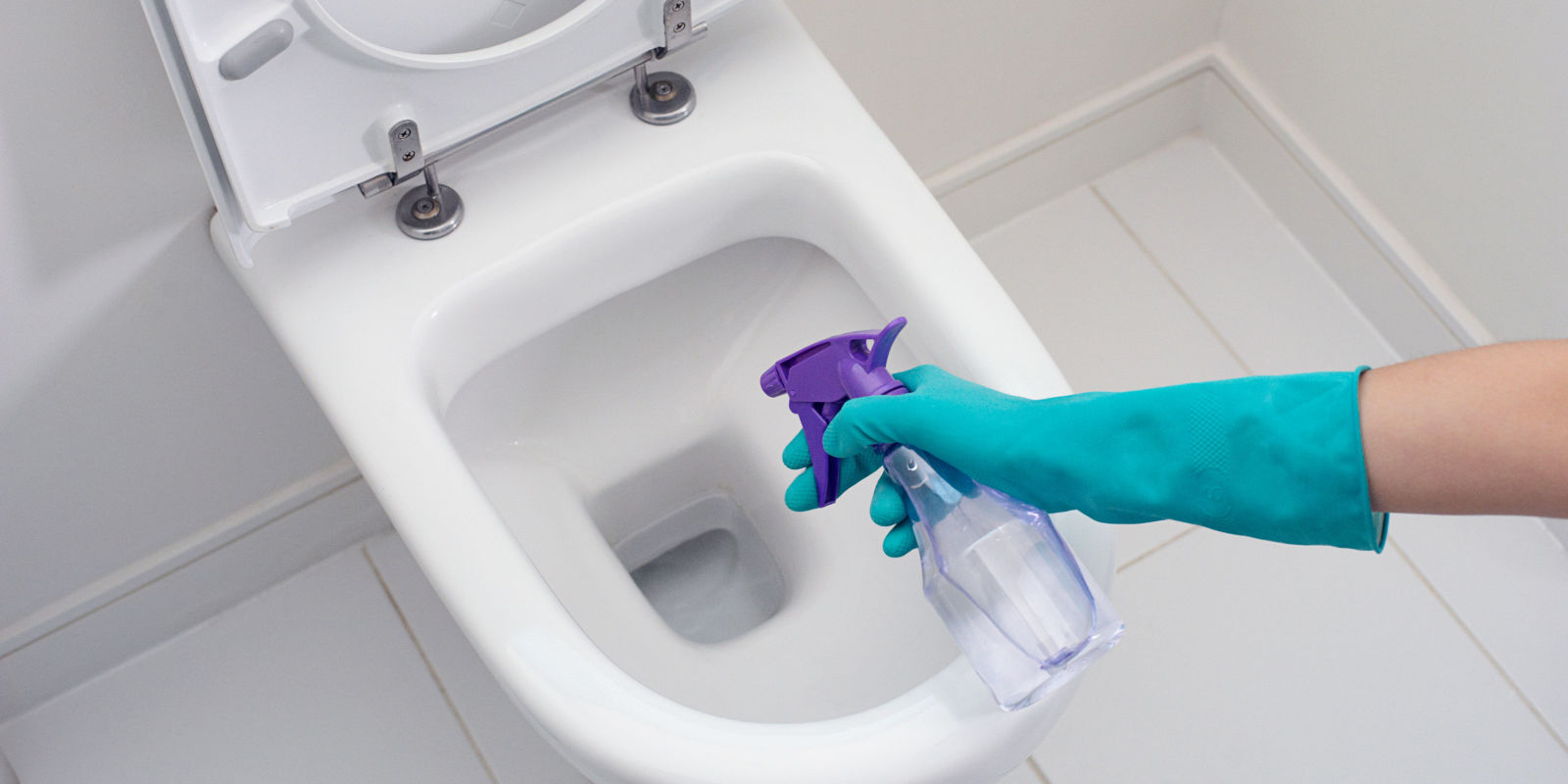
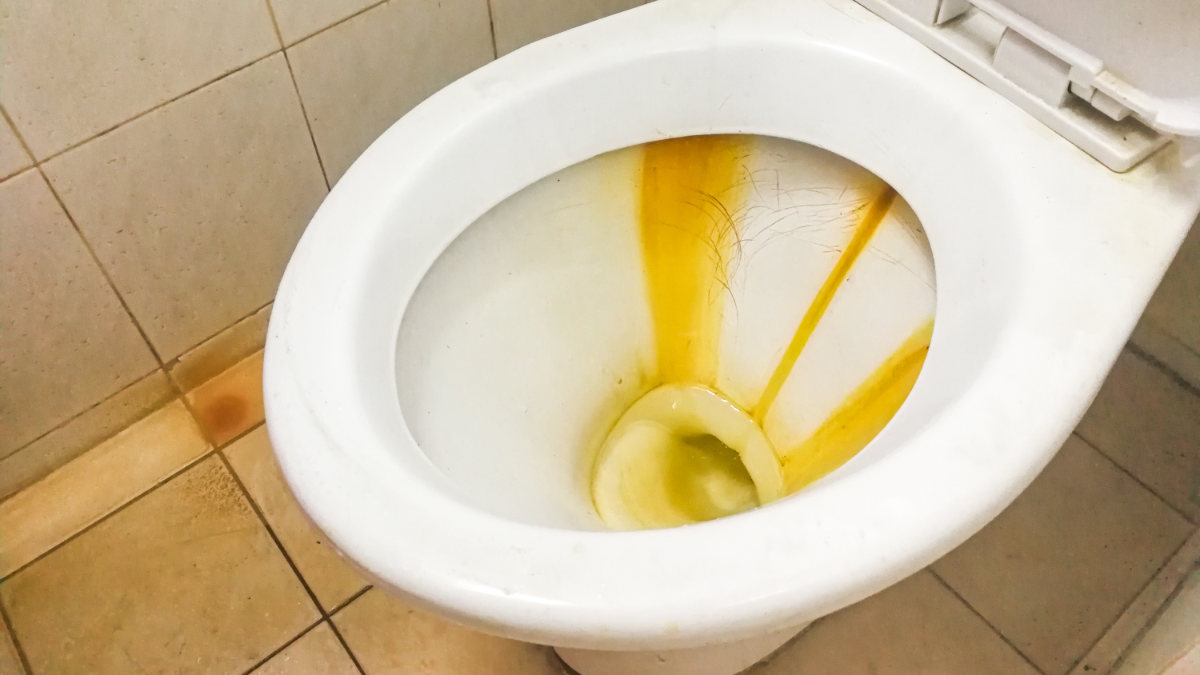
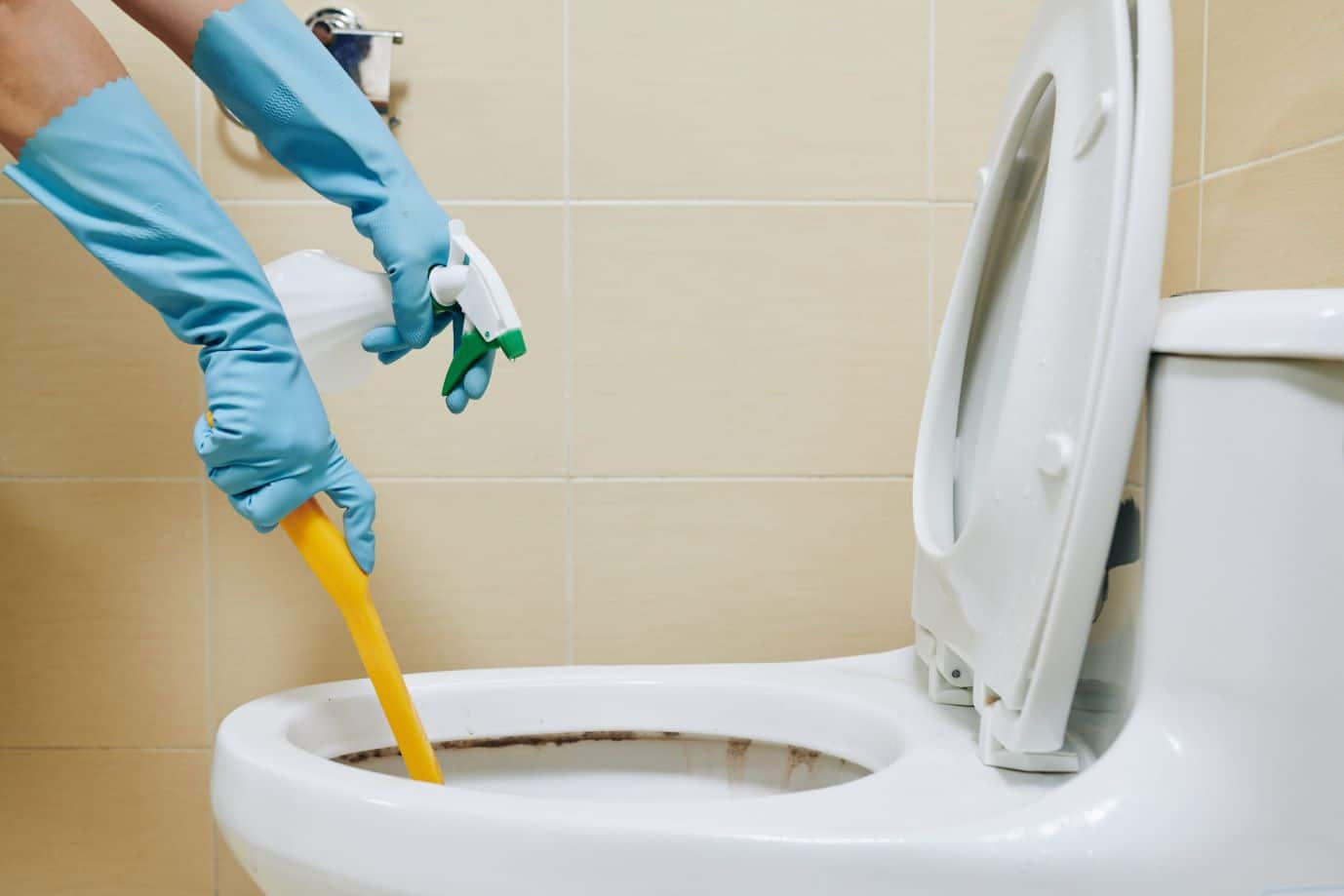
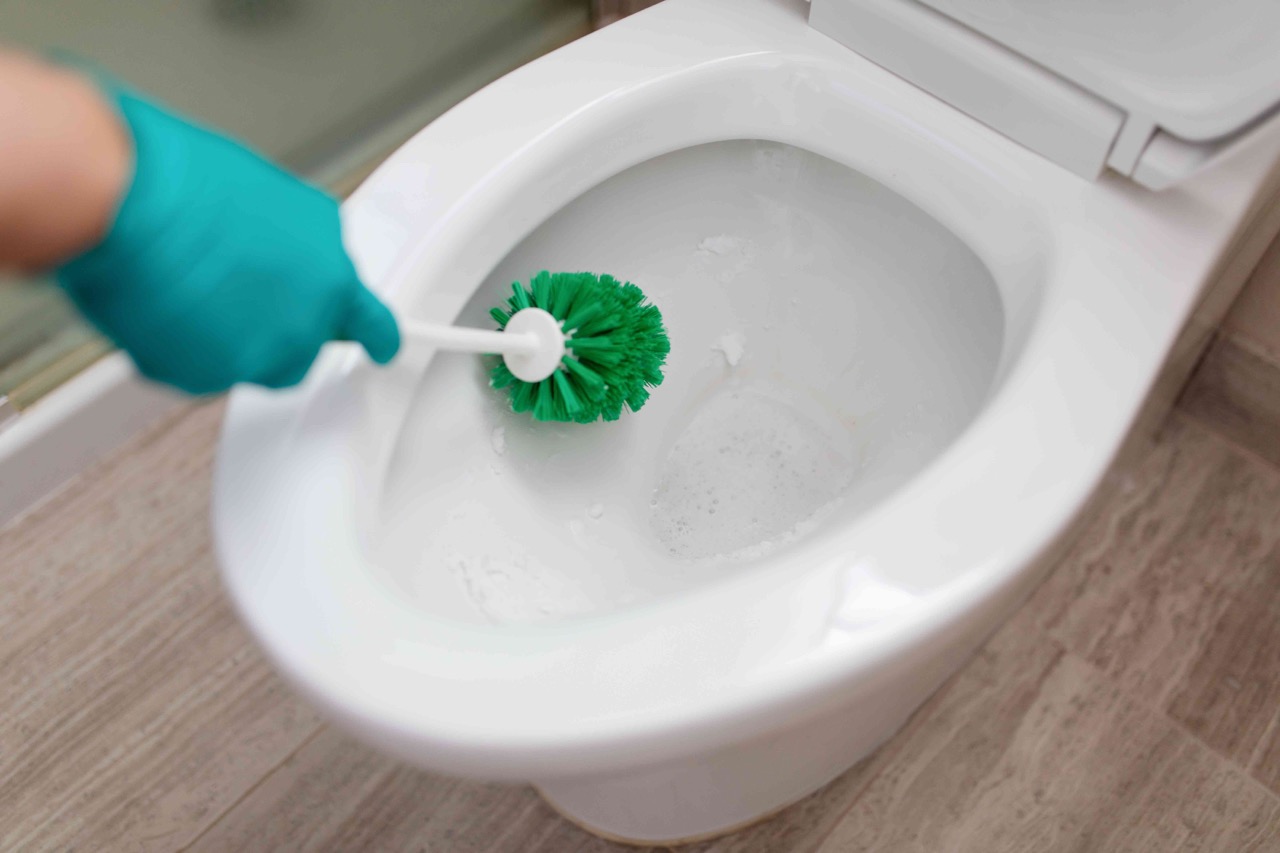
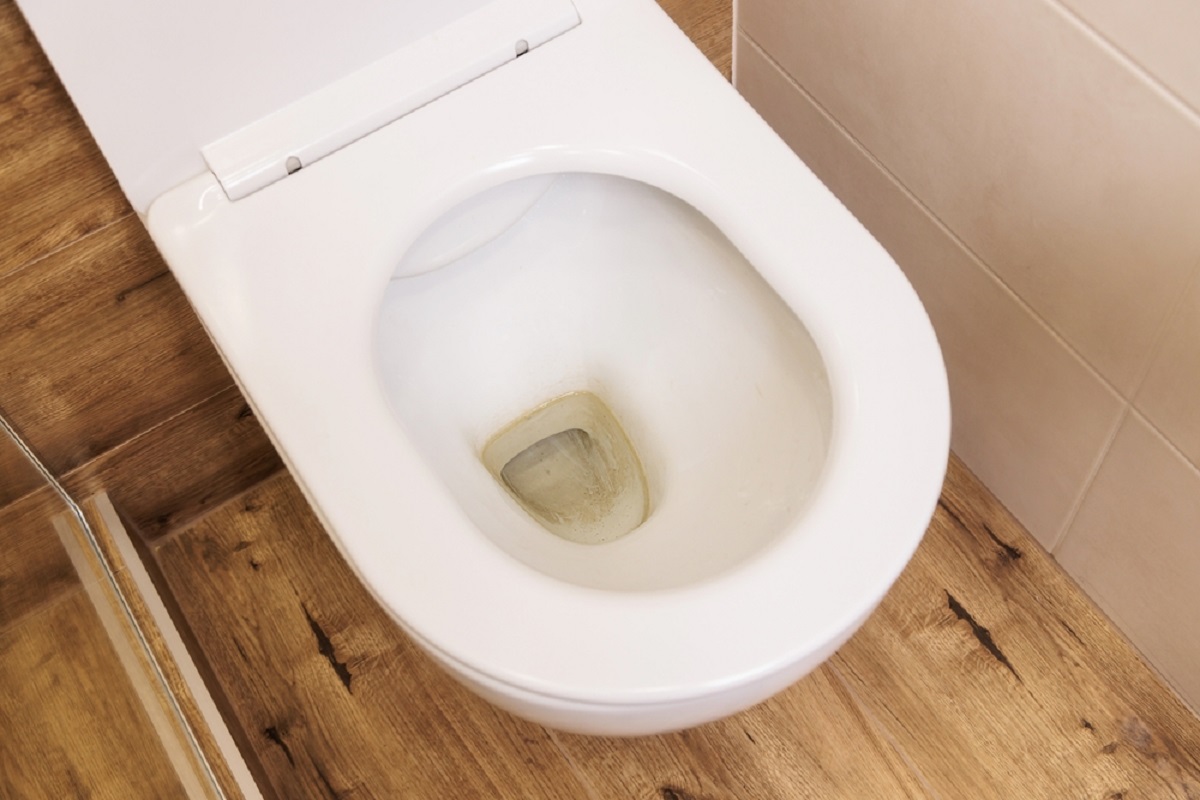
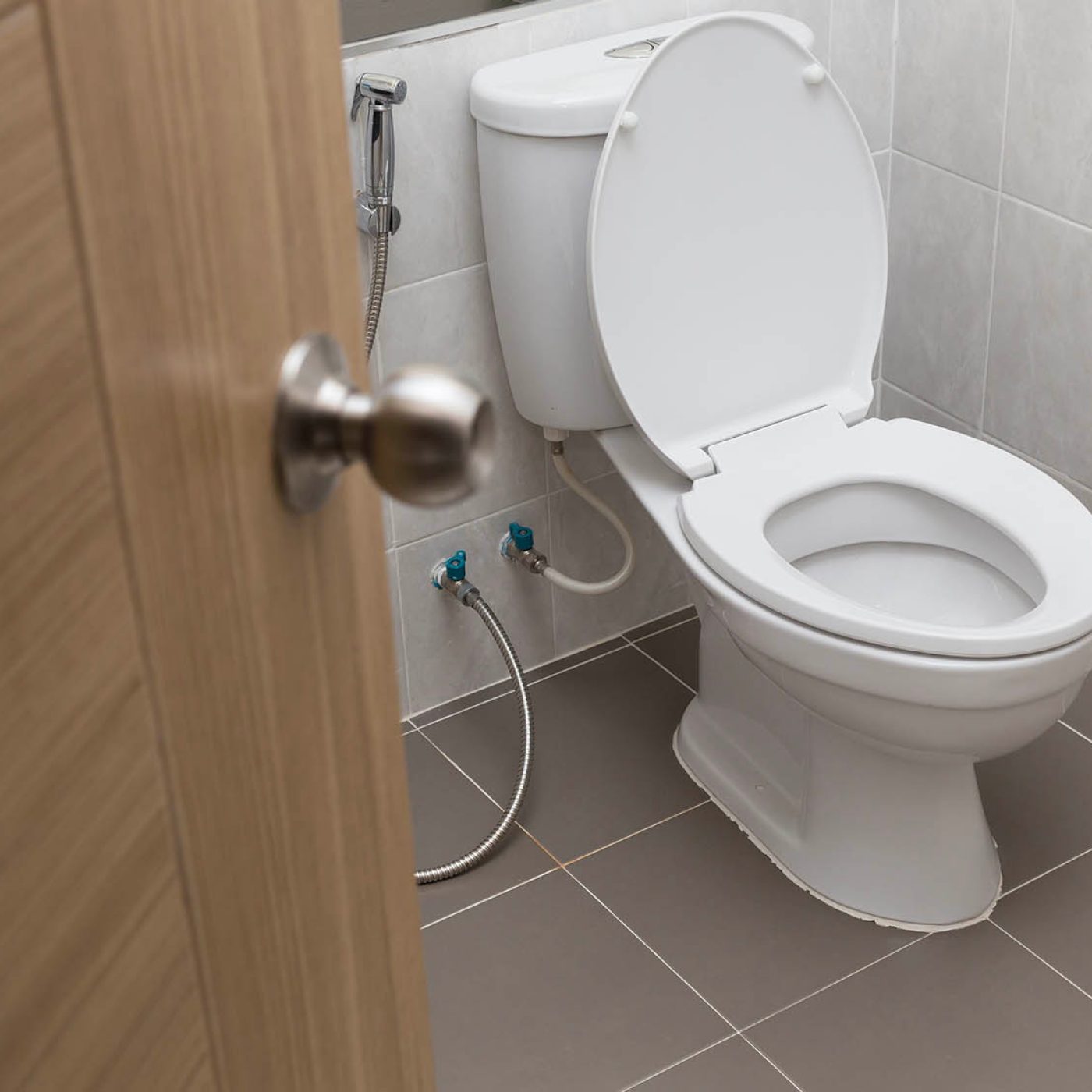
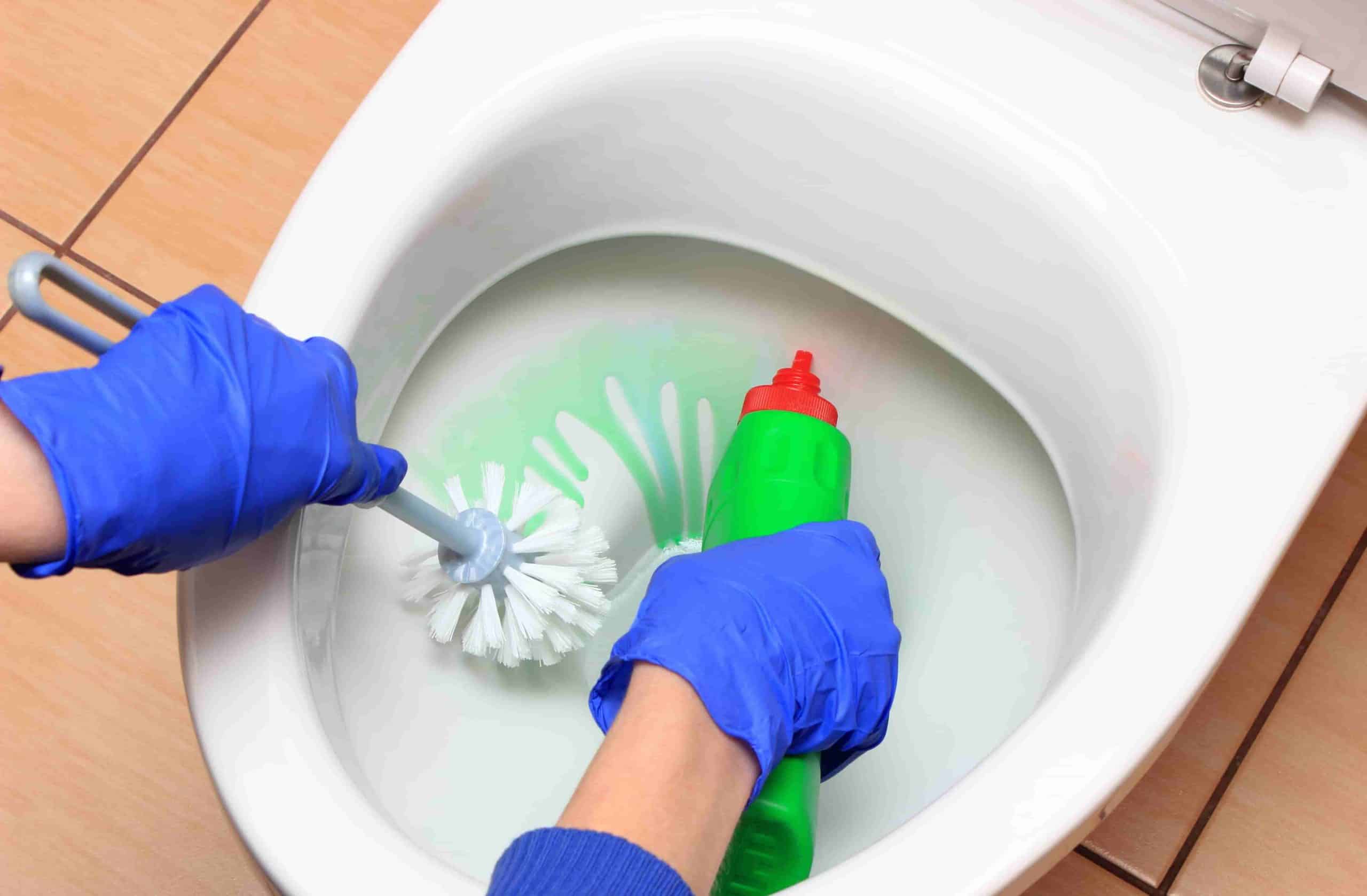
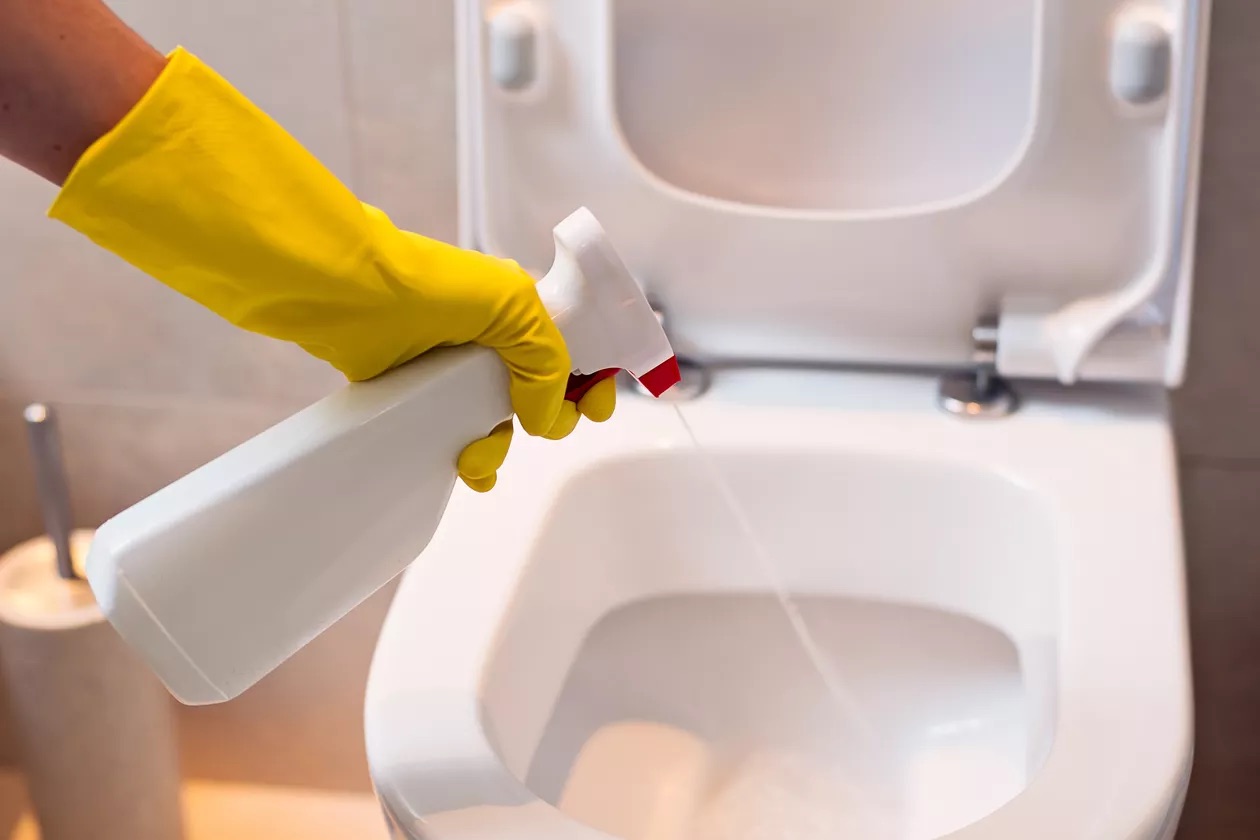
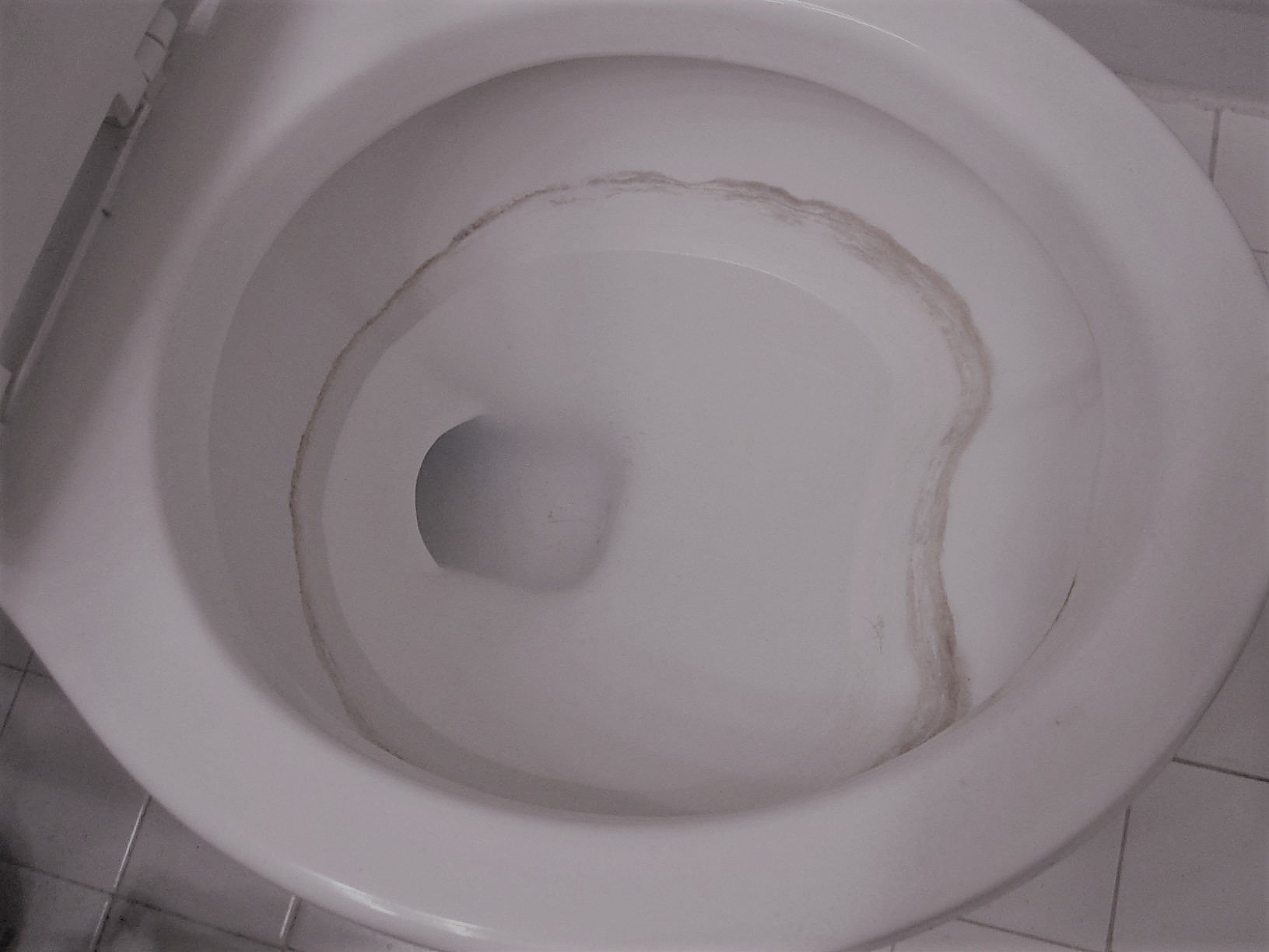
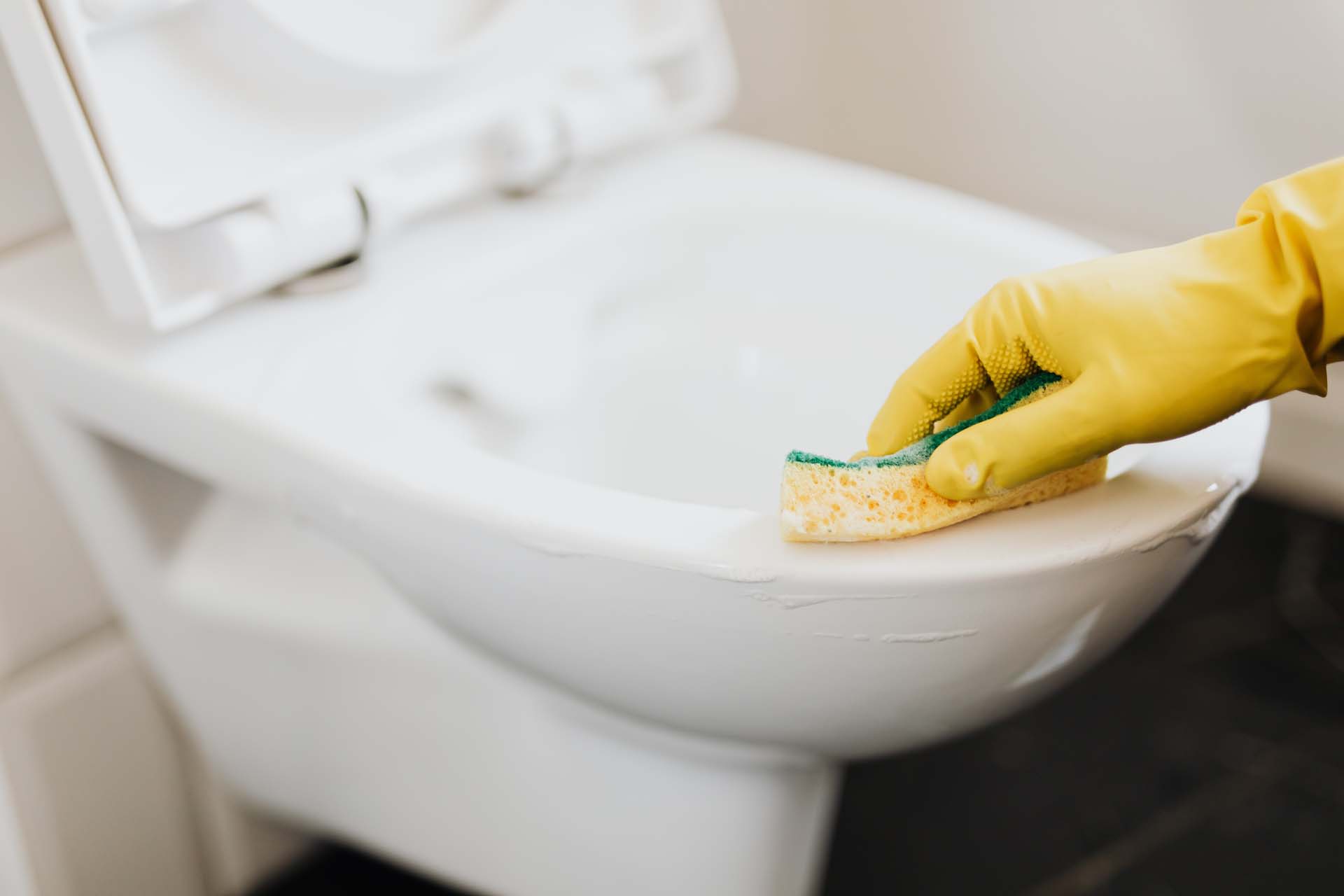
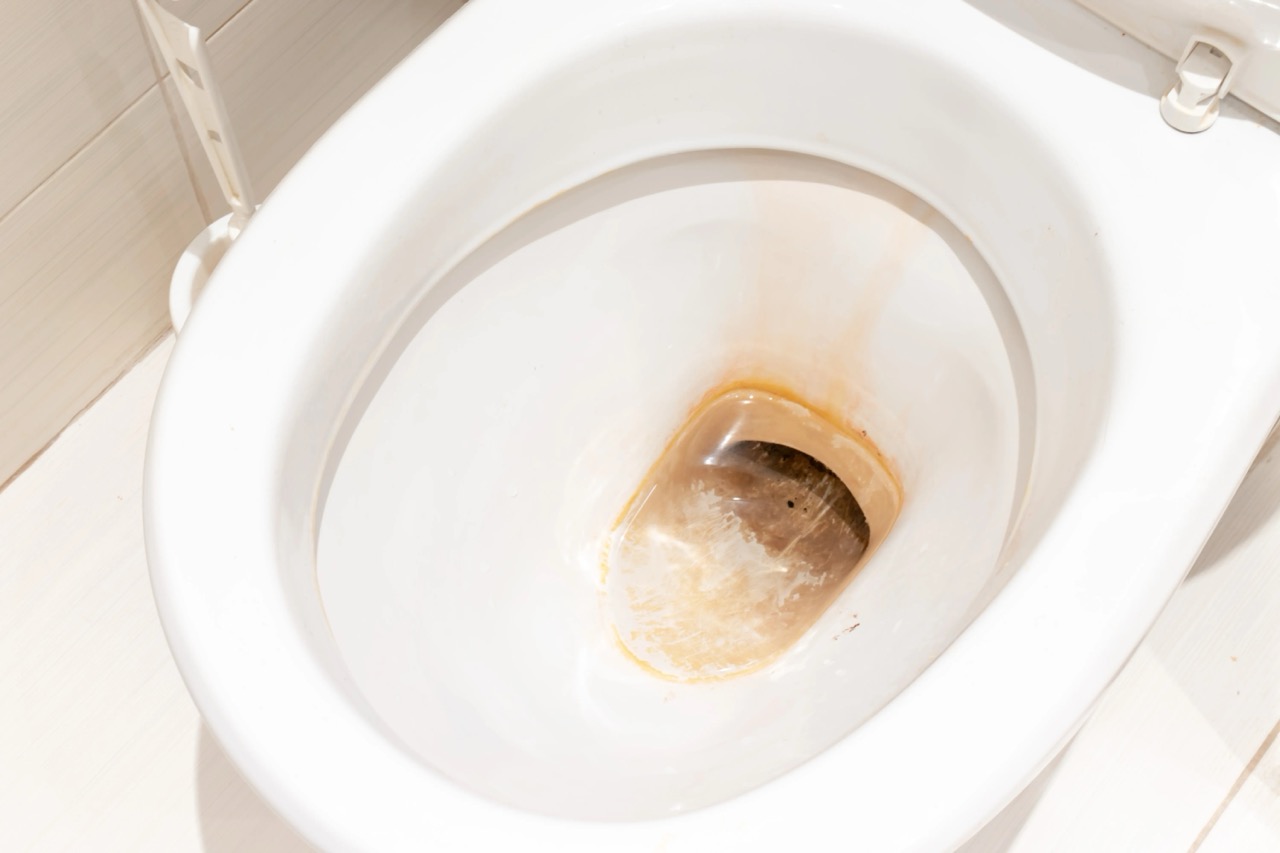

0 thoughts on “How To Get Toilet Bowl Stains Out”